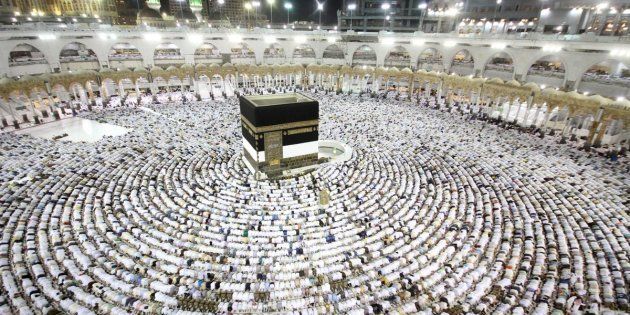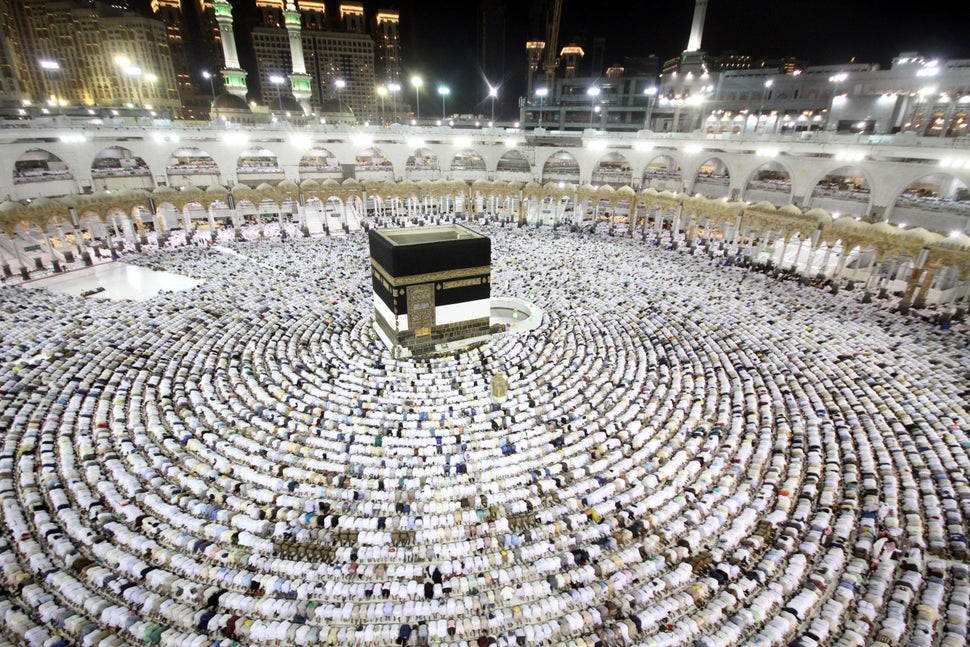

The annual Hajj pilgrimage is one of the world’s largest religious gatherings, as some 2 million people flock to Mecca, Saudi Arabia, to participate in one of Islam’s five pillars of faith. Every year, the pilgrimage roughly doubles the number of people sharing space in Mecca, a city that’s home to roughly 2 million residents.
The pilgrimage falls between Aug. 30 and Sept. 3 this year, though Muslims from around the world typically begin arriving in Mecca in the days and weeks leading up to the official start date.
It’s considered an obligation for observant Muslims to undertake the pilgrimage to Mecca at least once in their lifetime if they are physically and financially able.
During the pilgrimage, Muslims from all over the world gather together for five days to pray as one community and celebrate the history of their faith. From the Masjid Al Haram, or Grand Mosque, complex to the hills of Mina, the rites include circling the Kaaba seven times and visiting sites of historical and religious importance.
The holiday of Eid al-Adha takes place several days into Hajj and commemorates Abraham’s willingness to sacrifice his son Ishmael in obedience of God. This year, Eid al-Adha falls on Friday, Sept. 1.
Pilgrims are required to obtain a special Hajj visa and travel with their passport and proof of vaccination. Mansour Al-Turki, a spokesperson for the kingdom’s Interior Ministry, told reporters in a press conference on Tuesday that over 450,000 were turned away for lack of legitimate visas.
Hajj has suffered several major accidents and security issues, including a number of stampedes in recent years that have killed hundreds of pilgrims at a time.
Going into this year’s Hajj, Saudi forces deployed more than 100,000 security forces to ensure the holy event runs smoothly.
In spite of security risks, Hajj offers pilgrims an experience that can be both physically challenging and spiritually fulfilling. As one pilgrim previously described to HuffPost: “Hajj requires extreme effort but then offers extreme beauty, peace and joy in return.”
Scroll down for a peek at this year’s Hajj pilgrimage:
